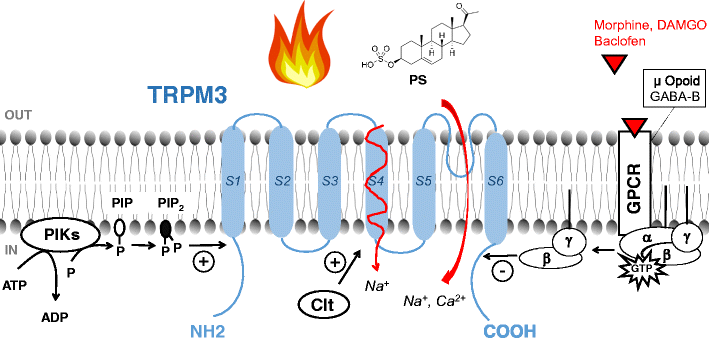Scientists from the Institut Pasteur have successfully analyzed ancient DNA from the remains of soldiers in Napoleon Bonaparte’s army, revealing the presence of infectious diseases that may have contributed to the catastrophic retreat from Russia in 1812. The findings, first shared on bioRxiv on July 16, 2025, will be published in the journal Current Biology on October 24.
The research was conducted by the Microbial Paleogenomics Unit of the Institut Pasteur in collaboration with Aix-Marseille University’s Laboratory of Biocultural Anthropology. Their goal was to investigate which pathogens may have caused large-scale outbreaks during Napoleon’s ill-fated Russian campaign, also known as the Patriotic War of 1812. The team examined the remains of 13 soldiers whose bodies were discovered in a mass grave in Vilnius, Lithuania, during excavations in 2002. DNA was extracted from their teeth and analyzed using next-generation sequencing techniques adapted for ancient DNA.
Researchers identified two infectious agents: Salmonella enterica serovar Paratyphi C, responsible for paratyphoid fever, and Borrelia recurrentis, the bacterium that causes louse-borne relapsing fever. Four of the 13 soldiers tested positive for paratyphoid fever, while two carried genetic traces of relapsing fever. Both diseases cause severe symptoms including fever, exhaustion, and digestive issues—symptoms consistent with historical reports of illness among French troops during the retreat.
These findings add to previous research identifying typhus and trench fever in the Grande Armée, reinforcing the theory that infectious diseases were a major factor in the army’s decimation. However, scientists caution that the small sample size limits conclusions about the overall impact of these pathogens. Of the estimated 500,000 to 600,000 soldiers Napoleon led into Russia, only around 100,000 returned.
This study not only sheds light on a major historical event but also demonstrates how ancient DNA research can help trace the evolution and spread of infectious diseases over time







